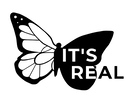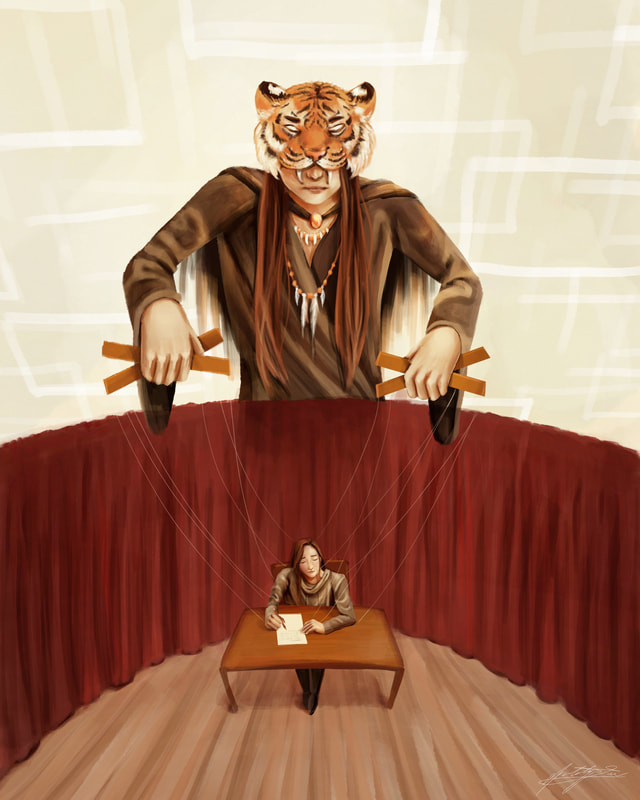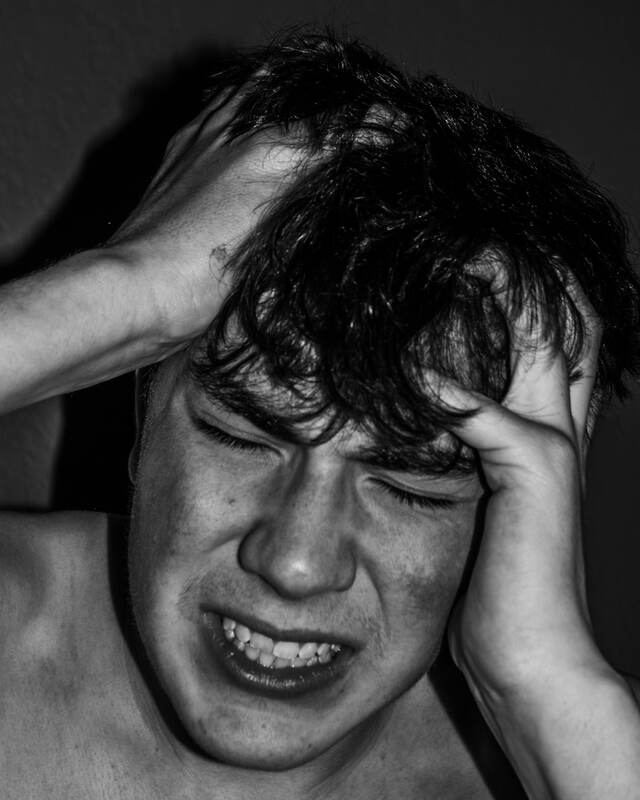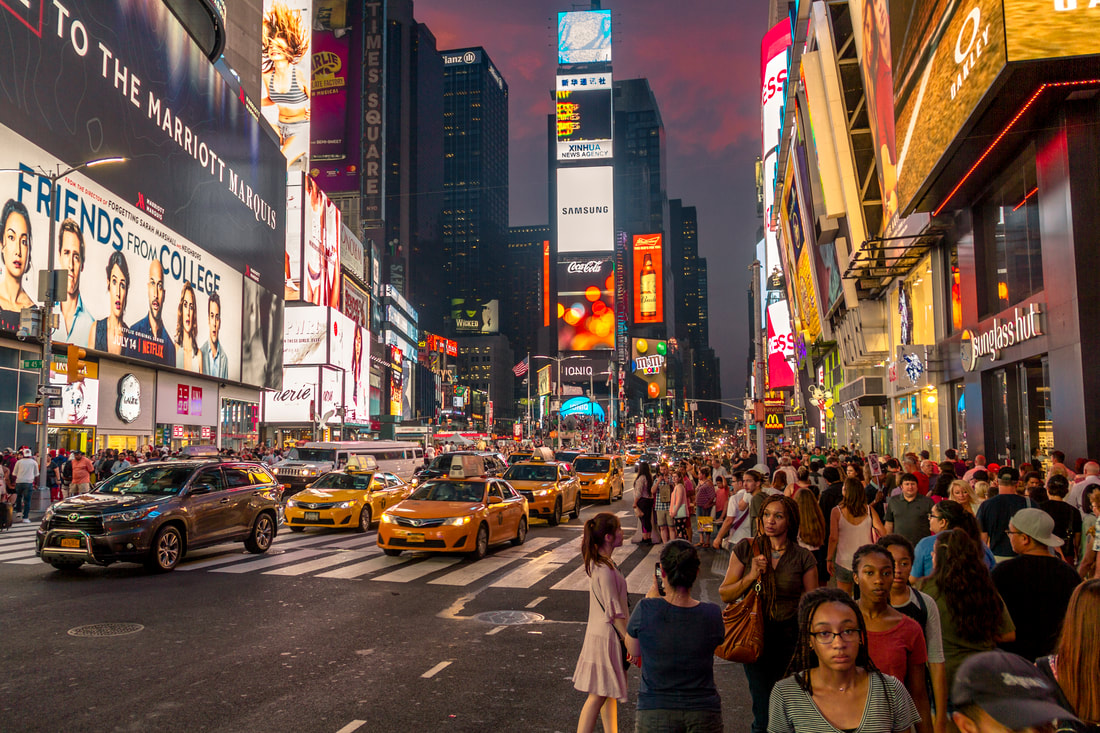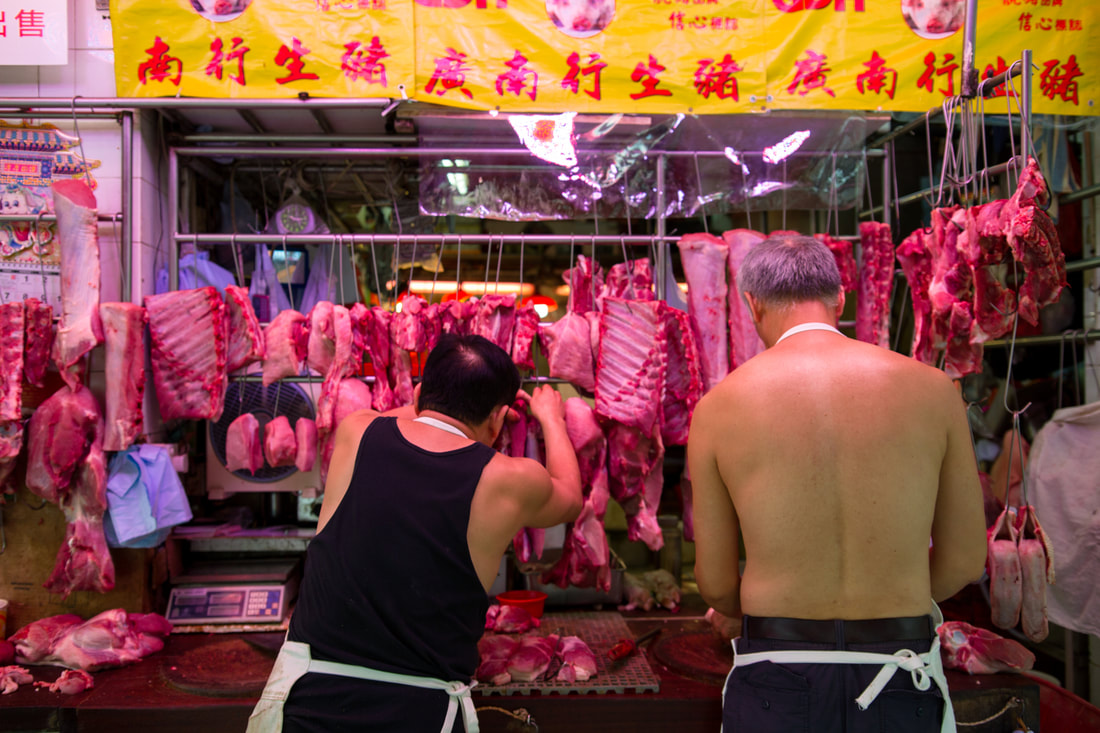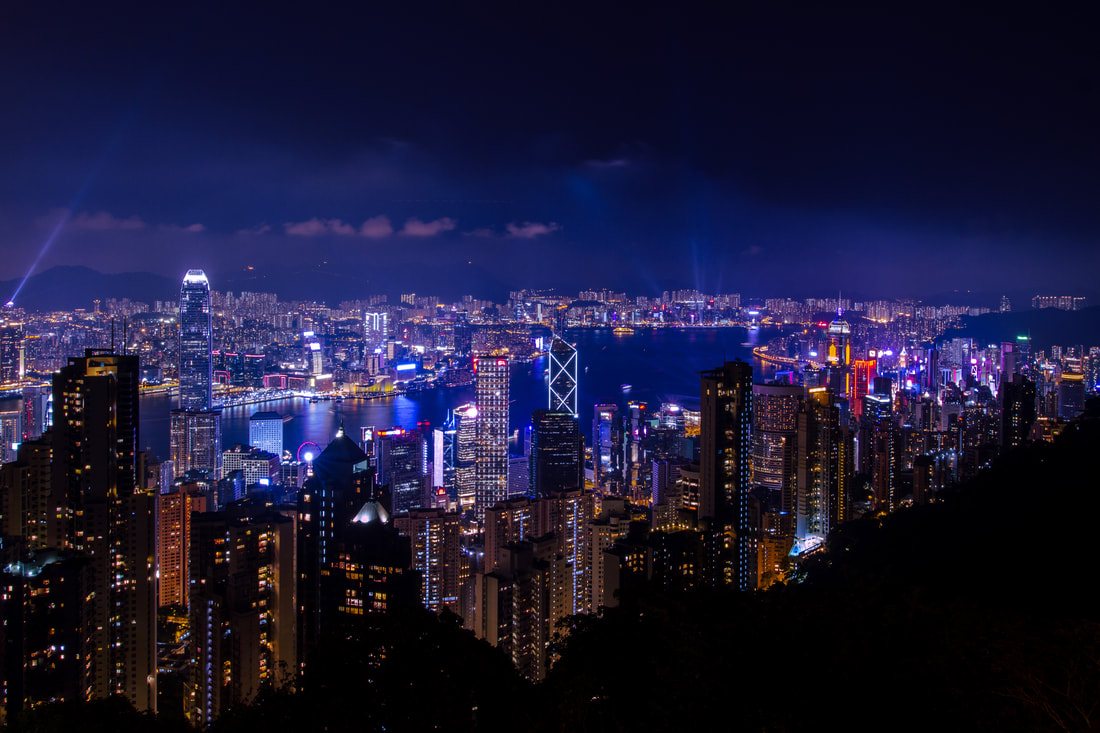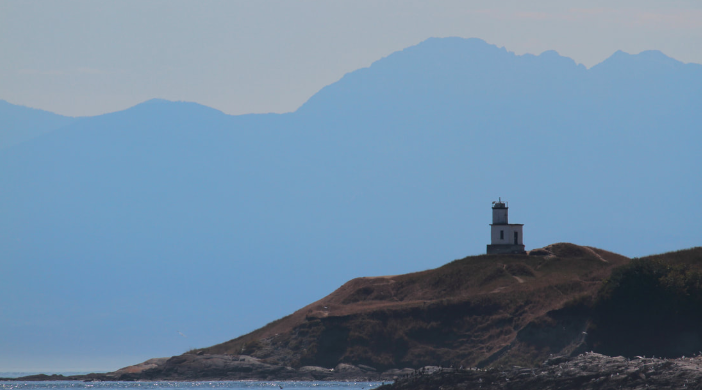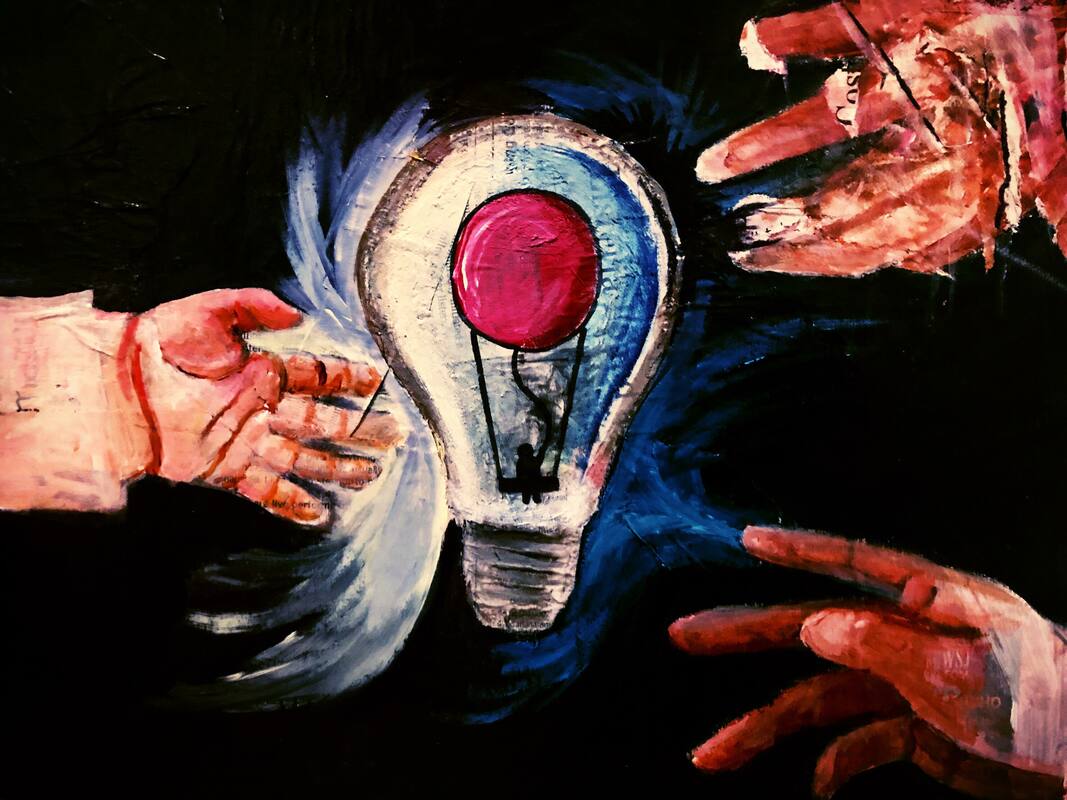Visual Arts
|
Tigress
digital artwork by Antalique Tran Antalique Tran is a self-taught digital illustrator and sophomore at Yale University. As a prospective Neuroscience major pursuing an MD-PhD, she currently works as an art studio aide and Peer Wellness Champion. She hopes to bridge together arts and mental health. |
Artist’s Statement:
Everyone, instantaneously: Tiger mom.
Yes, but also no.
Growing up, my career path has been strongly influenced by what my parents saw as success. My parents were never the strict definition of tiger parents. I always felt an internal need to get A’s, but I was never punished for getting lower grades. It was the anticipated disappointment that drove me. I wanted to be like whom they admired; they often talked of their friends’ kids who were pediatricians, ophthalmologists, anesthesiologists, so on. And as the years passed by, I became my own tiger mom. I watched over myself, dedicating myself to improvement and pushing myself to my limits. It’s tiring though. The friction between my tiger self and my corporeal body wears me down.
“Just one more pset!”
“But it’s not due until tomorrow evening!”
“But whAT IF YOU DON’T FINISH?”
“u rite u rite”
The tiger self usually wins out. The anticipated disappointment—not meeting a deadline, not presenting my best work, not preparing well enough for a test—drives me, sometimes beyond what is mentally healthy. But I am beginning to learn that success is not defined by the lack of sleep or the looming stress. That friction is a good driving force, but it does not always need to exist. The tigress must put down the strings at some point, for the puppeteer and the marionette have a show tomorrow too.
Everyone, instantaneously: Tiger mom.
Yes, but also no.
Growing up, my career path has been strongly influenced by what my parents saw as success. My parents were never the strict definition of tiger parents. I always felt an internal need to get A’s, but I was never punished for getting lower grades. It was the anticipated disappointment that drove me. I wanted to be like whom they admired; they often talked of their friends’ kids who were pediatricians, ophthalmologists, anesthesiologists, so on. And as the years passed by, I became my own tiger mom. I watched over myself, dedicating myself to improvement and pushing myself to my limits. It’s tiring though. The friction between my tiger self and my corporeal body wears me down.
“Just one more pset!”
“But it’s not due until tomorrow evening!”
“But whAT IF YOU DON’T FINISH?”
“u rite u rite”
The tiger self usually wins out. The anticipated disappointment—not meeting a deadline, not presenting my best work, not preparing well enough for a test—drives me, sometimes beyond what is mentally healthy. But I am beginning to learn that success is not defined by the lack of sleep or the looming stress. That friction is a good driving force, but it does not always need to exist. The tigress must put down the strings at some point, for the puppeteer and the marionette have a show tomorrow too.
by Avocet Nagle-Christensen
digital photography
Avocet Nagle-Christensen is a self-taught photographer based in Bellevue, currently studying at Interlake HS and will be attending the University of Washington for engineering this fall. See more of her work on Instagram at @avocetnc.photography.
Artist's Statement: My intention with this photograph was to try and embody the feeling of anxiety. However, if I am being honest, it reminds me of teen angst more. Nonetheless, I believe the photo still is able to capture the kind of anguish and distraught feelings that can come along with anxiety. And on the more technical side, the harsh lighting is supposed to create more of a rawness to the image which is paired with the black and white editing to dramatize it.
digital photography
Avocet Nagle-Christensen is a self-taught photographer based in Bellevue, currently studying at Interlake HS and will be attending the University of Washington for engineering this fall. See more of her work on Instagram at @avocetnc.photography.
Artist's Statement: My intention with this photograph was to try and embody the feeling of anxiety. However, if I am being honest, it reminds me of teen angst more. Nonetheless, I believe the photo still is able to capture the kind of anguish and distraught feelings that can come along with anxiety. And on the more technical side, the harsh lighting is supposed to create more of a rawness to the image which is paired with the black and white editing to dramatize it.
Artist's Statement:
Times Square, New York, seen at dusk. Times Square is a crossroads for vehicle and foot traffic in midtown Manhattan. Sidewalks are always swarmed with tourists and cars hardly have room to move. This image aims to contrast the monolithic nature of Times Square advertising with the fluidity of the traffic below it. But alongside New York's vibrancy is its reputation as a "pressure-cooker" city: its fast-based economy and lifestyle, coupled with its status and proximity to some of the most prominent cultural and political centers of the country, can generate monumental feelings of anxiety, inadequacy, and a host of other mental health issues. This is especially a common phenomenon among Asian communities, which often center themselves in centers of economic growth and prosperity for the sake of themselves and their families.
Using an editing technique similar to high dynamic range imaging, the details on the blazing signs can be seen at the same time as the people crossing 42 St.
by Sterling Yun
digital photography
Times Square, New York, seen at dusk. Times Square is a crossroads for vehicle and foot traffic in midtown Manhattan. Sidewalks are always swarmed with tourists and cars hardly have room to move. This image aims to contrast the monolithic nature of Times Square advertising with the fluidity of the traffic below it. But alongside New York's vibrancy is its reputation as a "pressure-cooker" city: its fast-based economy and lifestyle, coupled with its status and proximity to some of the most prominent cultural and political centers of the country, can generate monumental feelings of anxiety, inadequacy, and a host of other mental health issues. This is especially a common phenomenon among Asian communities, which often center themselves in centers of economic growth and prosperity for the sake of themselves and their families.
Using an editing technique similar to high dynamic range imaging, the details on the blazing signs can be seen at the same time as the people crossing 42 St.
by Sterling Yun
digital photography
Artist's Statement:
Two men work butchering meat in an open-air butchershop in North Point, Hong Kong. Although it is a world city with a booming economy and wide influence in trade, finance, and technology, there are still many remnants of Hong Kong’s working class neighborhoods and industrial roots. As the influx of financial capital grows, the wealth gap between rich and poor grows ever larger. More and more people are squeezed into increasingly stressful living situations with barely enough space for beds, while housing prices and the cost of living increase. That means people like these butchers have an increasingly marginalized socioeconomic status.
by Sterling Yun
digital photography
Two men work butchering meat in an open-air butchershop in North Point, Hong Kong. Although it is a world city with a booming economy and wide influence in trade, finance, and technology, there are still many remnants of Hong Kong’s working class neighborhoods and industrial roots. As the influx of financial capital grows, the wealth gap between rich and poor grows ever larger. More and more people are squeezed into increasingly stressful living situations with barely enough space for beds, while housing prices and the cost of living increase. That means people like these butchers have an increasingly marginalized socioeconomic status.
by Sterling Yun
digital photography
Artist's Statement:
The Hong Kong skyline is seen at night from Victoria Peak. Behind the glass facades of the skyscrapers in the foreground lies an often stressful work culture, driven by the longest average work weeks in the world and a strong success-driven corporate paradigm, that has driven down Hongkongers’ mental wellbeing, with only half of people expressing that they were recently happy. These mental health problems extend beyond the workplace, with everything from pollution to politics affecting residents’ satisfaction with their daily lives.
by Sterling Yun
digital photography
The Hong Kong skyline is seen at night from Victoria Peak. Behind the glass facades of the skyscrapers in the foreground lies an often stressful work culture, driven by the longest average work weeks in the world and a strong success-driven corporate paradigm, that has driven down Hongkongers’ mental wellbeing, with only half of people expressing that they were recently happy. These mental health problems extend beyond the workplace, with everything from pollution to politics affecting residents’ satisfaction with their daily lives.
by Sterling Yun
digital photography
Artist's Statement:
A lighthouse along Admiralty Inlet, Washington, is seen against the Olympic Mountains. Once a location of sizable strategic importance in the defense of the inner Puget Sound waters, Admiralty Inlet is now the main route of passage for container ships into the port of Seattle. So even though the lighthouse’s original role is obsolete, it still supports a key piece of the Pacific Northwest’s trade infrastructure. The photograph juxtaposes the massing of the lighthouse on its outcropping with the silhouette of the Olympic Mountains in the background. The focus is on the interplay between foreground and background forms rather than the specific details of either. In contrast to the "friction" throughout the rest of these photographs, this piece emphasizes the necessity of stepping back from the grind and allowing yourself to breathe.
by Sterling Yun
digital photography
Sterling Yun is a Boston-based photographer. He grew up in Bellevue, Washington, and currently studies architecture at Northeastern University. See his work at instagram.com/syunphoto.
A lighthouse along Admiralty Inlet, Washington, is seen against the Olympic Mountains. Once a location of sizable strategic importance in the defense of the inner Puget Sound waters, Admiralty Inlet is now the main route of passage for container ships into the port of Seattle. So even though the lighthouse’s original role is obsolete, it still supports a key piece of the Pacific Northwest’s trade infrastructure. The photograph juxtaposes the massing of the lighthouse on its outcropping with the silhouette of the Olympic Mountains in the background. The focus is on the interplay between foreground and background forms rather than the specific details of either. In contrast to the "friction" throughout the rest of these photographs, this piece emphasizes the necessity of stepping back from the grind and allowing yourself to breathe.
by Sterling Yun
digital photography
Sterling Yun is a Boston-based photographer. He grew up in Bellevue, Washington, and currently studies architecture at Northeastern University. See his work at instagram.com/syunphoto.
Friction by Victoria Hsieh
(Featured on this issue's cover)
Victoria Hsieh is a current junior at Bellevue High School who is interested in the intersection of environmental studies, politics, and business. In her free time, she enjoys writing poetry and painting to raise awareness about mental health and other societal stigmas.
(Featured on this issue's cover)
Victoria Hsieh is a current junior at Bellevue High School who is interested in the intersection of environmental studies, politics, and business. In her free time, she enjoys writing poetry and painting to raise awareness about mental health and other societal stigmas.
